Up Next

The Charles Leclerc Azerbaijan Grand Prix pole lap was a thing of beauty – as they invariably are around Baku.
The place holds a special resonance with him and has done from the time he dominated the Formula 2 weekend in 2017.
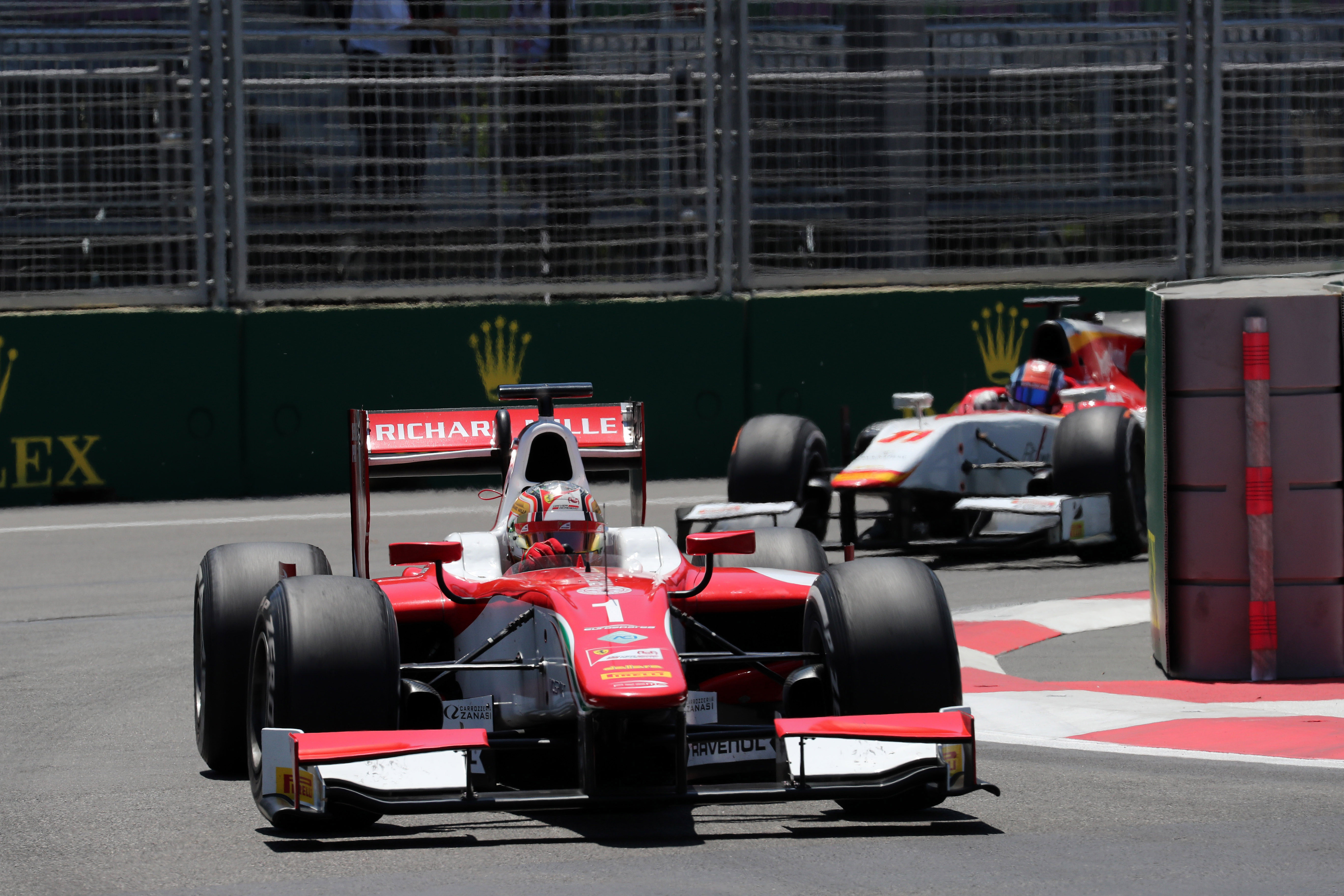
His 2018 F1 rookie performance in the uncompetitive Sauber featured him running ahead of Kimi Raikkonen’s Ferrari for a time, lapping up to 2s faster than his team-mate Marcus Ericsson. He had the speed in his 2019 Ferrari to reduce everyone to bit-part players but infamously crashed into the wall and called himself an idiot. Since then, no one has ever outqualified him here.
Ferraro team-mate Carlos Sainz, admittedly struggling, was 0.8s slower. Even Max Verstappen’s thus-far dominant Red Bull fell short by 0.188s after they each set identical times on their banker first Q3 runs.
This is the exact same Ferrari as at Melbourne (other than the low-downforce Baku wing) and in theory an improved Red Bull, with new aerodynamically better bodywork around the radiator inlets. What does it all signify?
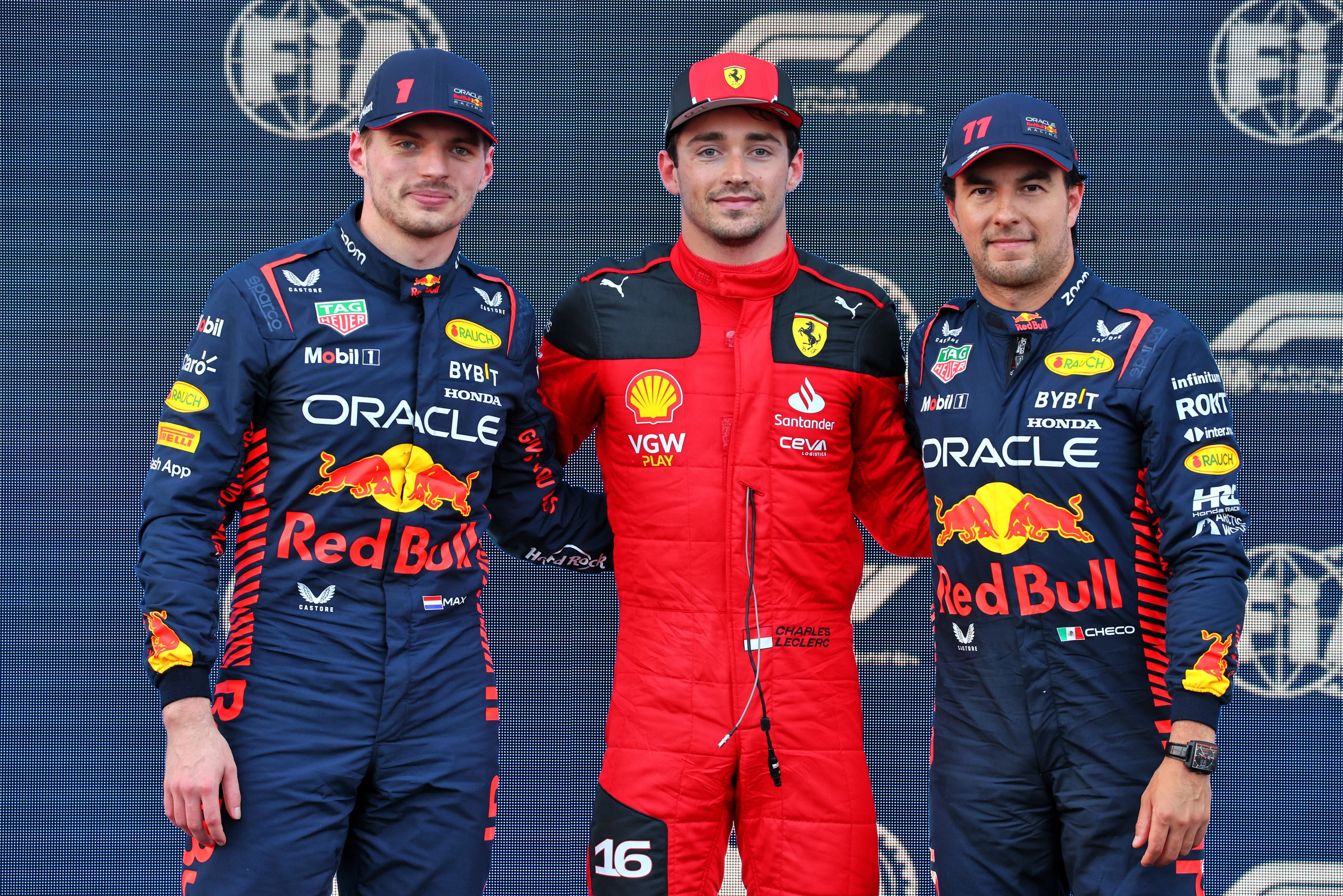
Probably nothing more than the Red Bull’s continuing difficulty in getting instant front tyre temperature around a track where such a trait will be heavily exposed in combination with Leclerc’s brilliance in a Ferrari which switches on its tyres just fine.
We have explained here before how the Red Bull’s extremely stable aerodynamic platform is made possible by the extreme degree of anti-dive front and anti-squat rear suspension it runs. That in turn is a big part of an extremely efficient underbody, as it can be run lower than other cars, which have to accommodate more dive and pitch. That’s also part of its big DRS boost.
But that super-level platform also brings potential difficulties with front brakes which are easier to lock and front tyres which take longer to reach optimum temperature. Baku, with its long tyre-cooling straights and tight corners requiring lots of steering lock, always heavily punishes a car with a front tyre warming issue and Verstappen and his race engineer Gianpiero Lambiase were trying to find ways around that, even into Q3.
“I did the out-lap differently on my final run,” Max explained, “and it didn’t quite work.”
It gave him slightly better front tyre temperatures early in the attack lap, but resulted in his rears getting too hot mid-way through it.
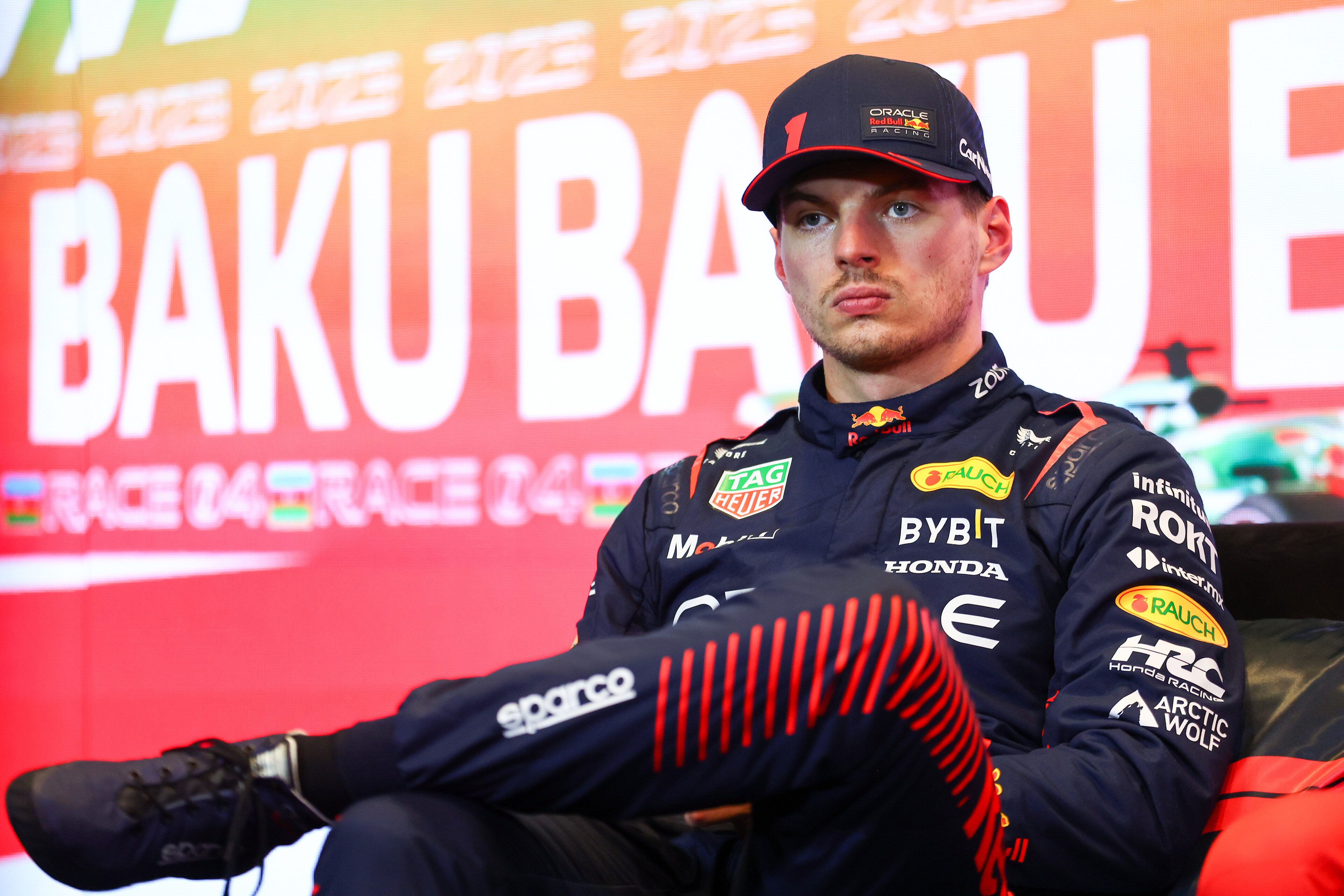
The Red Bull’s massive DRS advantage gave Verstappen a headstart to the lap, but by mid-way through it Leclerc had clawed that advantage back and in the final sector the way he utilised the Ferrari’s ability to rotate early in the corner to be breathtakingly confident, which put him comfortably ahead.
Leclerc around here is all about the beautiful coordination of braking and throttle, the supreme confidence in picking out the braking points like it was the most natural thing in the world. Mind over matter through that tiny gap between the walls where he’d come to grief in qualifying 2019 and just mind-blowing how he shaved them through there and the following uphill blind apex.
Through the tricky Turn 15, he just let go of the car really early in the corner, released it from the brakes while still going really quickly and then just rode that wave. At Turn 16, one of the season’s most vital corners, he was already turning in even before making the last downchange.
It looked like someone who could decouple what all his limbs were doing in a way that made everyone else look a bit heavy-handed. It was a wonderful lap – but that’s maybe no surprise. This is Baku and he’s Charles Leclerc. He really is very special here.
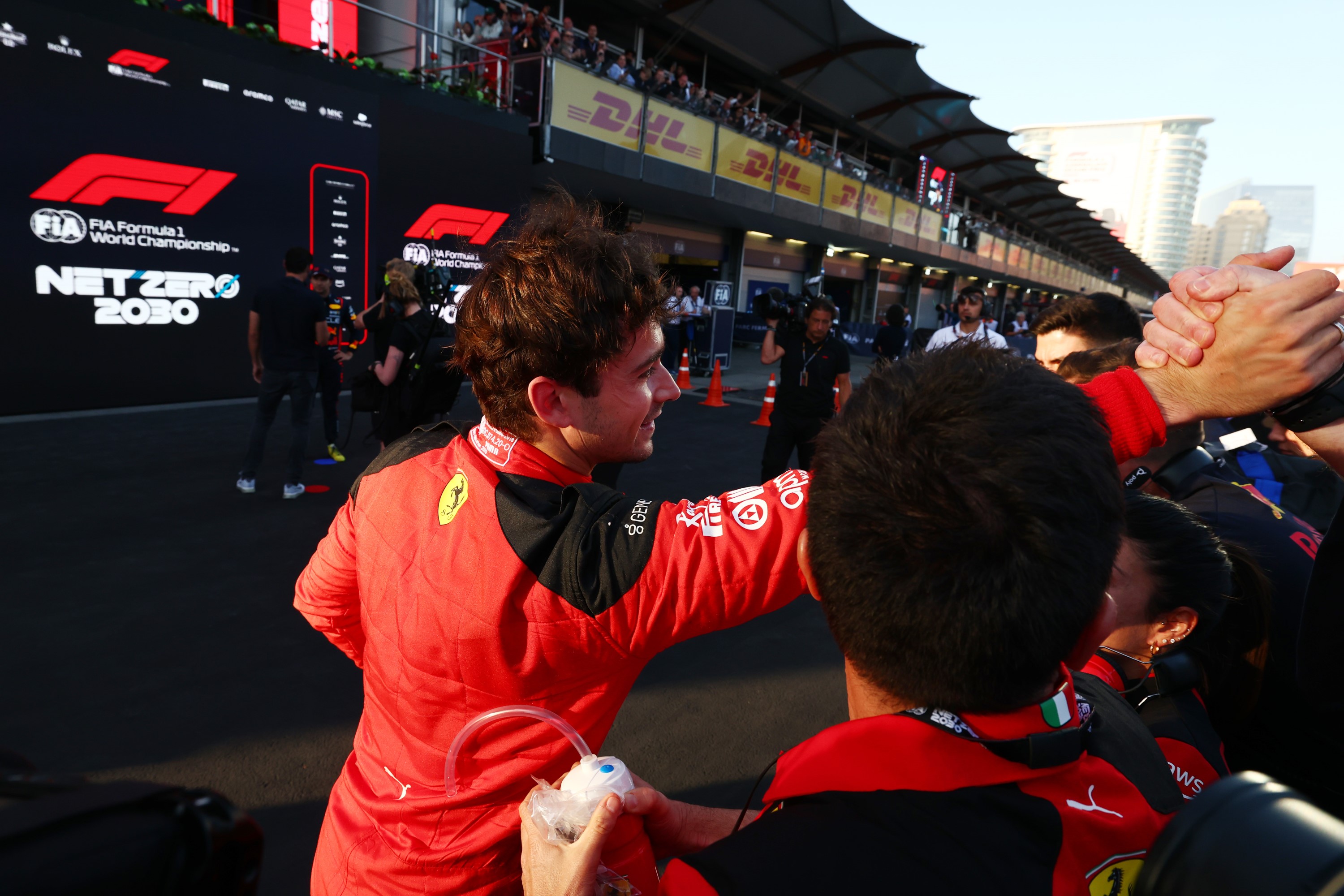
But you need a car which cooperates, and Verstappen’s Red Bull just could not give him a Leclerc level of confidence. On the preparation for his final lap he was weaving extensively, trying for that heat. GP informed him that he had them in a better place than on his previous lap. But even so, he was not super-confident into Turn 1, tentatively taking two bites at it. “When you have that feeling already [in Turn 1], you’re just not as confident in your lap,” he admitted.
Into Turn 2 it looked like the rears were still not happy either, as he suffered an oversteer snap out of there and through the left of Turn 3 he just does not have the same gung-ho confidence on the steering as his rival.
By the middle of the lap the two ends of the car finally look to be working in harmony but in the final third the rears are too hot. So for only about three corners was the car in a happy place – and in that time it was briefly faster than the Ferrari. But that’s not enough.
The tone of the Leclerc and Verstappen laps were quite different but against the clock it was only 0.188s. So how did those visibly different approaches translate corner by corner? Where was pole won and lost?
A full breakdown
Pit straight terminal speed with DRS:
Red Bull 342 km/h
Ferrari 330 km/h
That stretch between start/finish line and terminal velocity, with the Red Bull going so much faster, gives it a head start over the lap. Only once the corners start can Leclerc begin clawing it back.
T1. Verstappen is on the brake pedal for longer and is 5mph slower at the apex. But Leclerc’s minimum speed is actually before the apex; he’s already on the gas and accelerating at the point on the apex where Verstappen is just releasing the brakes.
The Ferrari’s earlier acceleration keeps it gaining time up the short straight to T2. But the RB19 is still ahead on elapsed time.
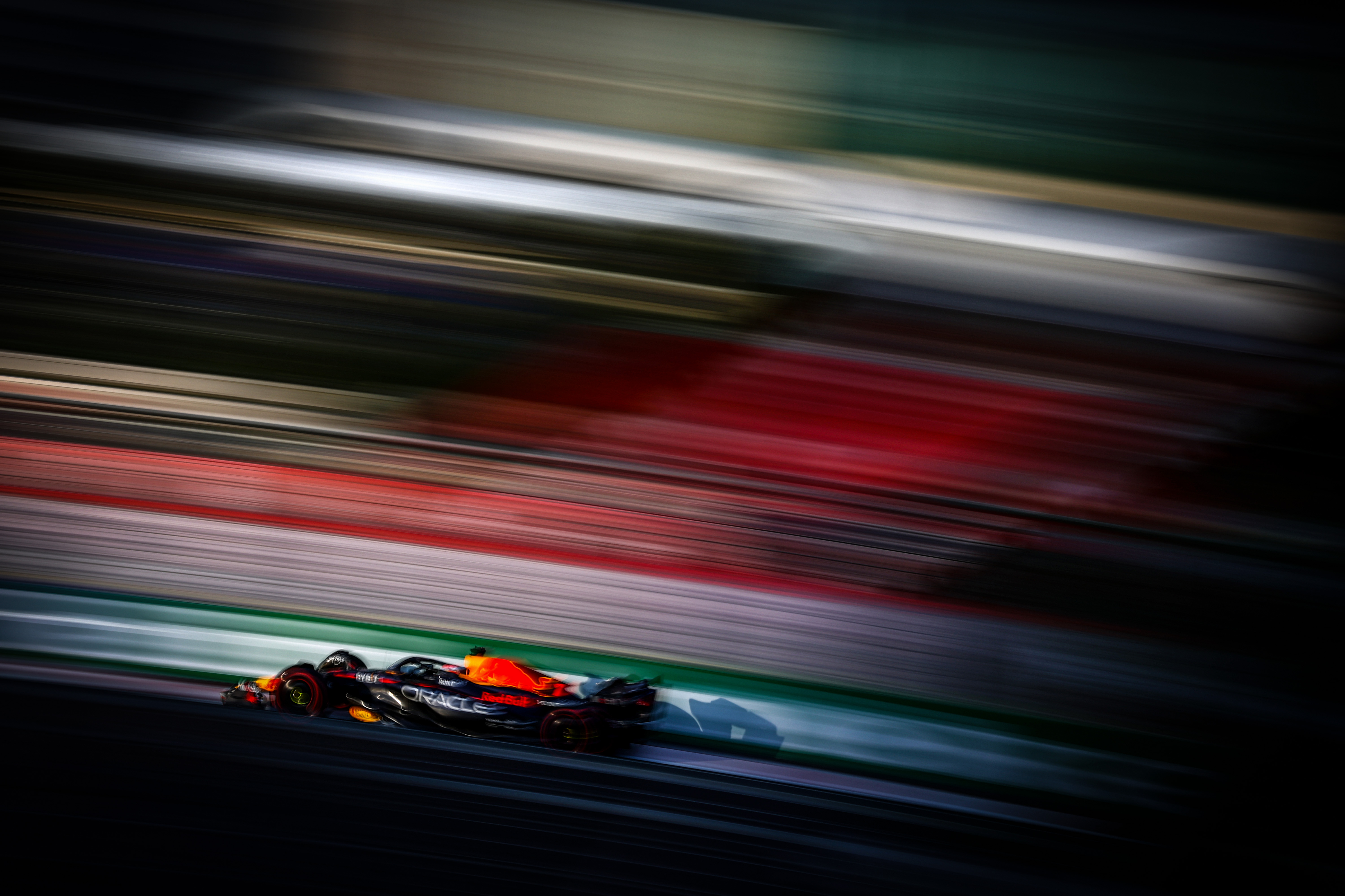
T2. Leclerc is again earlier off the brakes but his minimum speed this time is lower than Verstappen’s. Verstappen though pays a price on the exit with that nasty little exit snap, as if the rears weren’t quite ready either. That loses him momentum and the Ferrari is gaining time on acceleration as a result. The Red Bull is more slippery though and as they get up towards 290km/h on the long run to T3, the Red Bull begins to edge away.
By the time they are in the DRS zone, its advantage suddenly increases, just as we’ve seen so many times already this season, as its DRS flap, beam wing and underfloor stall the downforce in unison. As it’s time to stand hard on the brakes Verstappen is doing 328km/h, 11km/h faster than Leclerc.
T3. Verstappen is later and harder on the brakes. That and the time gained in the DRS zone has put him 0.408s ahead on the lap, having been just a hundredth ahead as they exited T2. But again Leclerc is earlier off the brakes – and it’s this confidence he has of carrying huge speed into the corner which is so visible in car. It buys him around 0.15s through the corner. But that earlier acceleration just keeps paying him back – and on the run up to T4 he continues taking time from the Red Bull, that straight not long enough for the less draggy RB19 to gain an advantage.
T4. A straightforward 90-degree right-hander, where Leclerc is marginally earlier on the brakes and much earlier on the power, as the Ferrari is just rotating better than the Red Bull and giving Leclerc the confidence to be so bold with the throttle.
T5-6. The right-left switchback combination doubly rewards the Ferrari’s willingness to rotate – and Leclerc is a whole 11km/h faster in between the two turns. Leclerc finally gets ahead on elapsed time. It’s taken six corners of superior corner performance to grab back what the Red Bull gained in those two DRS zones.
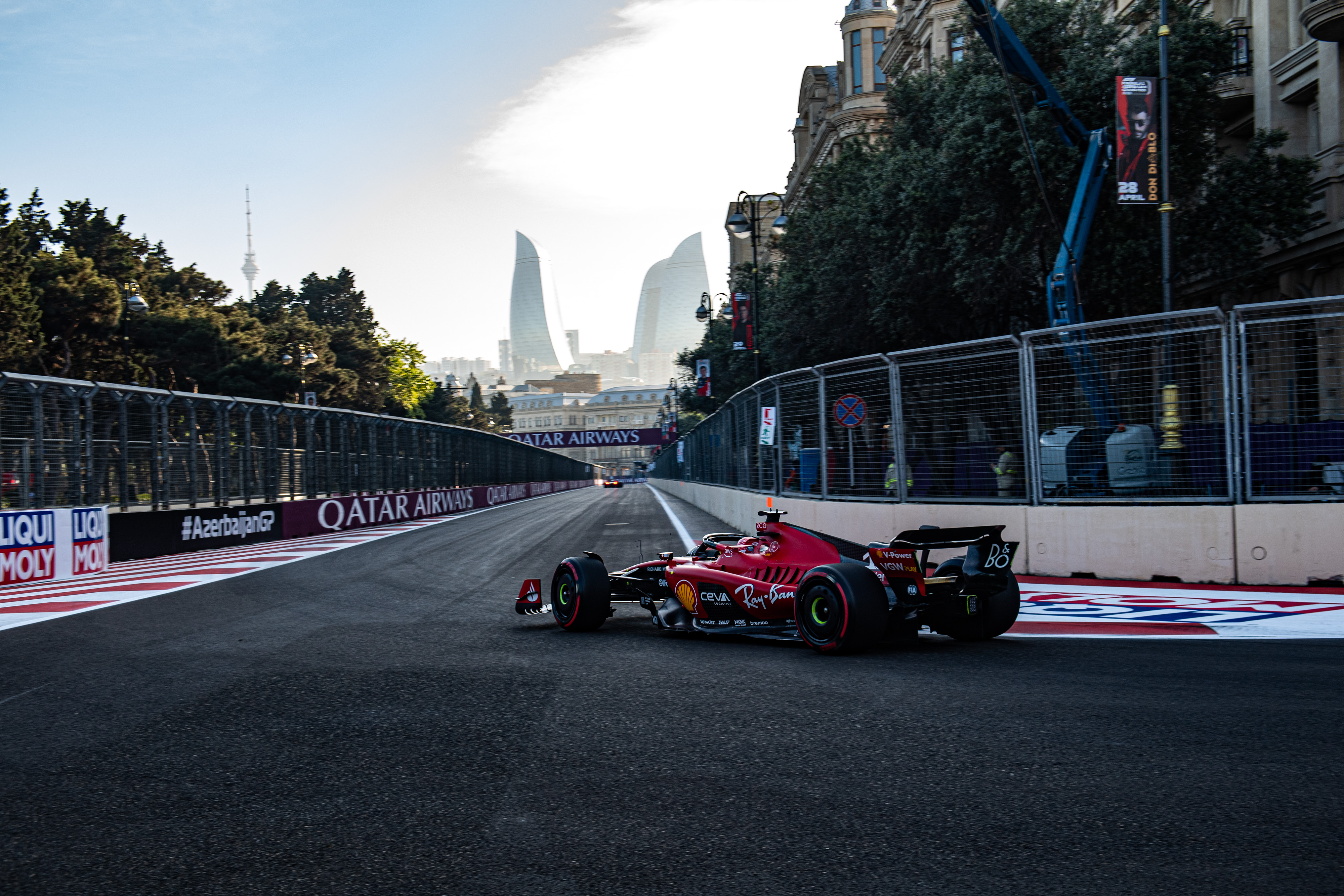
As they head up to the right of T7, which you approach driving straight towards a very solid looking stone building, the Red Bull is only just going faster as it’s time to brake. For most of the straight the Ferrari has been faster, because of how much better Leclerc is getting through the preceding corner.
It’s at this mid-point of the lap that the Red Bull finally seems to have got good front tyre temperature and into T7 Verstappen is as quick as Leclerc. For the first time on the lap he is able to get on the gas just as early and by the time they get to T8 – the tiny gap between the walls, where Leclerc had his infamous 2019 mishap – Max has inched back ahead over the lap.
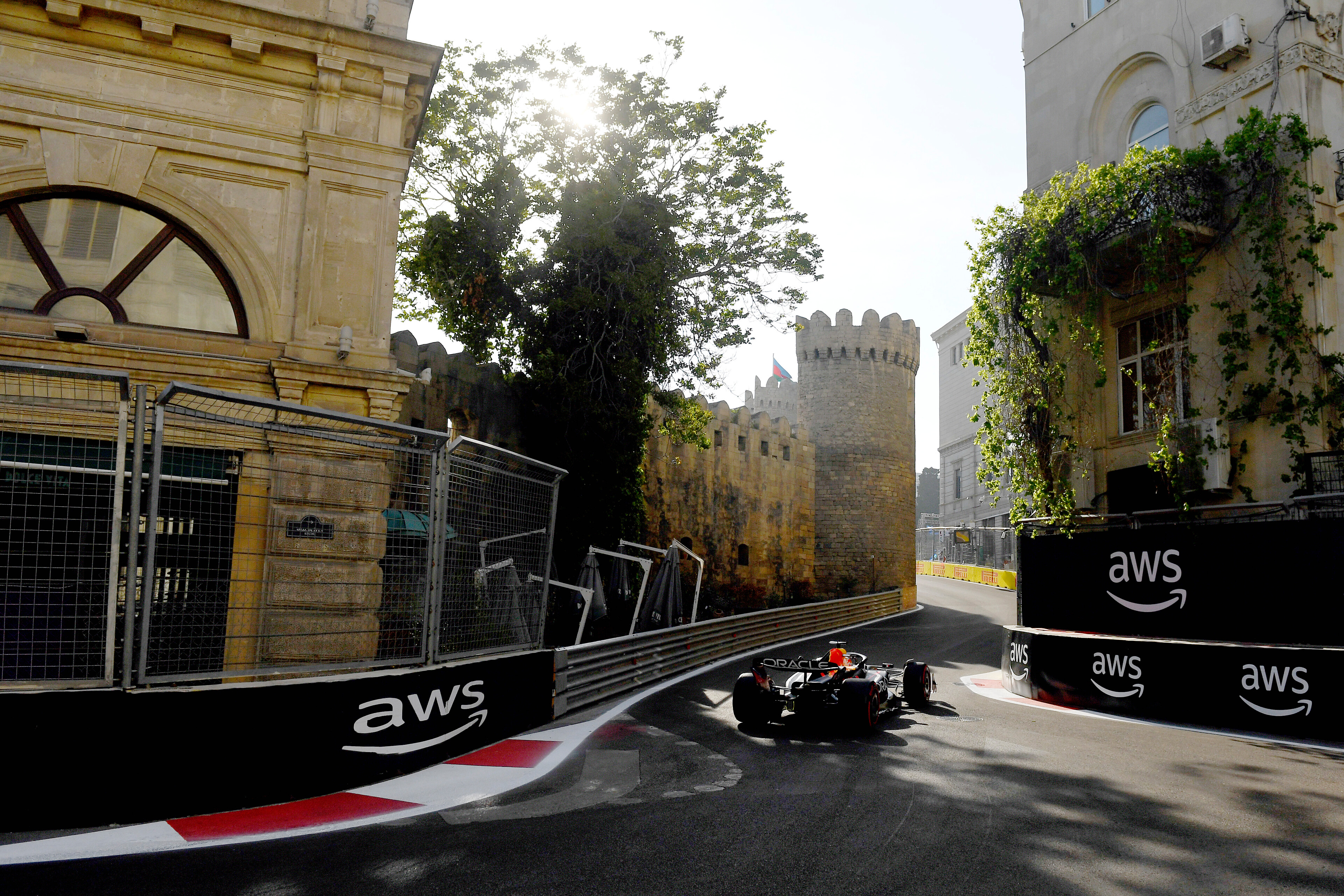
They are each mind-blowingly committed through that gap and there’s nothing between them there. But in the immediately following uphill, blind-apex twists, the Red Bull catapults Max through there better – but an overseer snap on the exit of T12 loses him a big chunk of time.
The resulting lower exit speed only bleeds further laptime away to Leclerc as they run through the flat-out kinks of 13 and 14 and onto the tricky braking zone for T15. By the time they get there, Leclerc is almost 0.1s ahead over the lap and such is the speed his outrageous confidence through there buys him he’s almost a quarter of a second ahead as they reach that critical final turn. He’s quicker through there, too – and that’s enough to keep the Ferrari travelling just as fast as the Red Bull for most of the straight, thereby banking most of that advantage for the remainder of the lap.
But that’s just a qualifying lap. The Red Bull’s qualifying advantage in the previous three races averaged only 0.17s but its race day advantage, once it’s got those tyres warmed, has been 0.7s.
For the grand prix, it would be surprising indeed if Leclerc could continue to compete with the Red Bull. But for Saturday’s sprint qualifying and sprint race, Leclerc and Ferrari have every reason to be optimistic.




